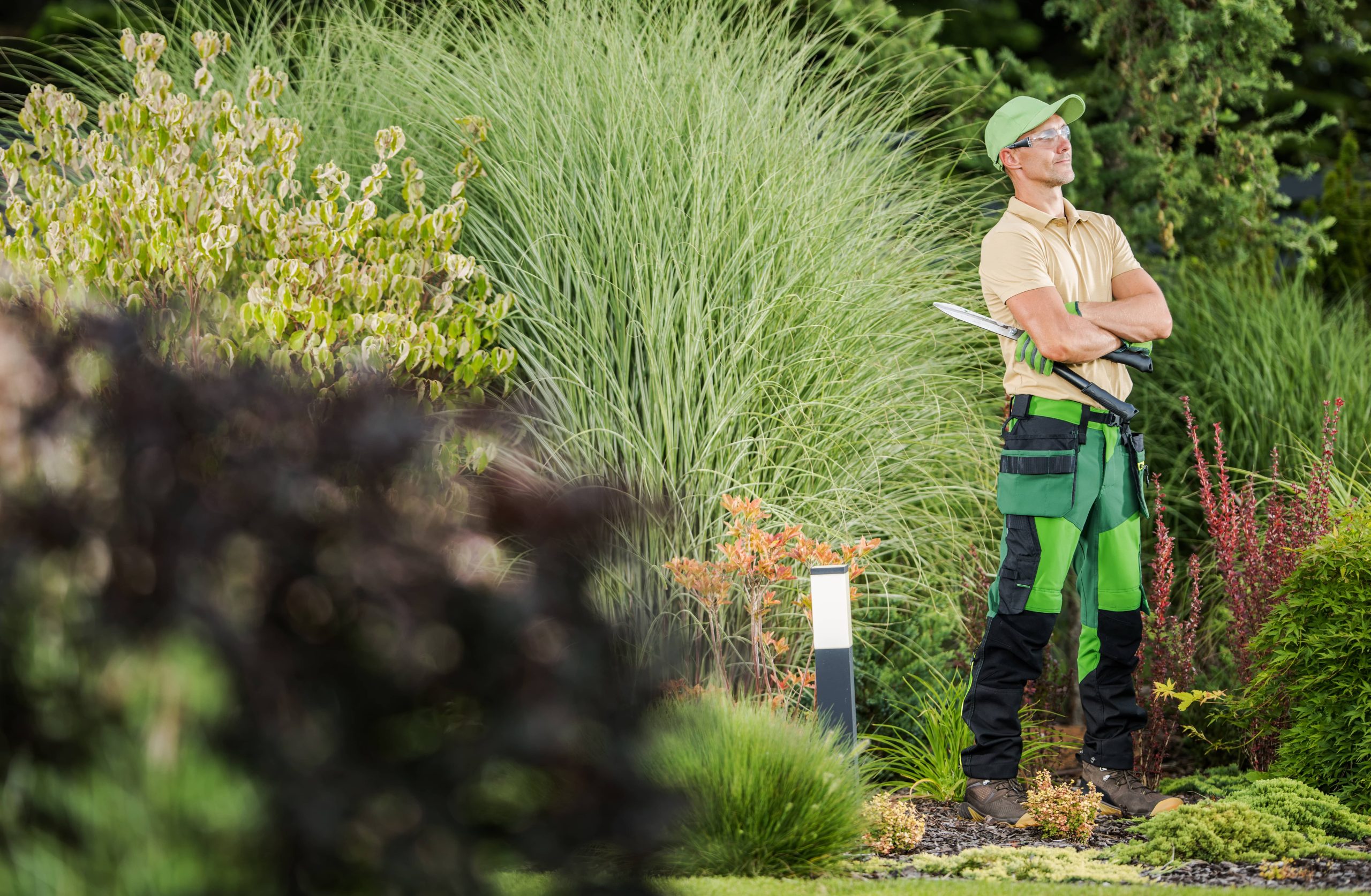
In the realm of outdoor gardening and landscaping, the right fence serves a dual purpose: providing privacy and enhancing the aesthetic appeal of your garden. As much as we value open spaces, there are instances when creating defined boundaries becomes a necessity. However, the challenge lies in choosing the appropriate fencing material that balances both privacy needs and visual harmony with your garden’s design. Let’s explore the world of fencing materials and uncover the best options suited to your unique outdoor environment.
Understanding Your Needs
Before selecting a fencing material, it is crucial to assess your needs. Consider the following questions:
– Purpose: Are you seeking to enhance privacy, provide security, or purely add an aesthetic component to your landscape?
– Budget: What are you willing to spend on your fencing project?
– Maintenance: How much time and effort are you willing to dedicate to maintaining your fence?
– Environment: Consider the local climate and the natural elements your fence will face.
These questions provide a foundation for choosing the most suitable fencing material for your garden.
Traditional Wood: A Timeless Classic
Wooden fences have long been a popular choice for gardeners seeking a natural and warm aesthetic. With various types of wood available, from cedar to pine, the possibilities are extensive.
– Privacy: Wooden fences offer excellent privacy when closely arranged. Tall planks provide a solid barrier that is hard to see through, perfect for quiet backyard retreats.
– Aesthetic Appeal: Wood’s natural texture and variation in color work well with most landscape designs, lending an organic feel. Wood can also be painted or stained to match your garden’s aesthetic.
– Sustainability: Wood is an environmentally friendly option, particularly when sourced from sustainably managed forests.
However, one should consider that wood requires regular maintenance to prevent issues like rot, warping, or pest infestations. Treatments, sealants, and occasional repairs may add to your labor, but the result can often justify the effort.
Metal: Sleek and Durable
Metal fences, often made from aluminum, steel, or wrought iron, are celebrated for their durability and elegant lines.
– Privacy: While metal fences are less about privacy due to their open patterns and designs, adding wooden or plastic inserts can bolster their ability to obscure views.
– Aesthetic Appeal: Metal offers a sleek, modern look that complements contemporary gardens beautifully. Wrought iron, on the other hand, provides traditional charm with intricate patterns that can become a focal point in any landscape.
– Maintenance: Metal fences require minimal maintenance, mainly involving rust prevention and occasional cleaning.
Metal is a superb option for those looking for elegance and resilience, although it may not provide the same level of privacy as solid panels.
Vinyl: The Low-Maintenance Choice
Vinyl fencing has gained popularity as a modern, long-lasting alternative to traditional wood.
– Privacy: Vinyl panels fit snugly together with no gaps, offering excellent privacy. Their height can be customized to your specific needs.
– Aesthetic Appeal: Available in a myriad of styles, colors, and textures, vinyl can mimic the look of wood or maintain its clean, smooth profile.
– Maintenance: Requiring virtually no maintenance apart from occasional cleaning, vinyl resists fading, warping, and pest damage.
Vinyl might be on the higher end in terms of initial costs, but its longevity and minimal upkeep often make it a worthwhile investment.
Composite: The Hybrid Solution
Composite fencing merges the best qualities of wood and plastic to offer a premium, eco-friendly option.
– Privacy: Like vinyl, composite panels possess no gaps, offering maximum privacy for your garden or yard.
– Aesthetic Appeal: Composite fencing mimics the beauty of natural wood while providing the color stability of vinyl, available in various shades and finishes.
– Sustainability: Composed of recycled materials, composite is an eco-friendly fencing choice.
– Maintenance: A minimal maintenance requirement is another attractive feature, with no risk of rot or insect damage.
Composite fencing, while initially costly, combines beauty, sustainability, and durability that can outperform other materials over time.
Natural Living Fences: Green and Growing
For gardening enthusiasts, a natural living fence is an exciting option that utilizes hedges, shrubs, or climbers to form boundaries.
– Privacy: Depending on plant choice and density, living fences offer considerable privacy as they fill in and grow.
– Aesthetic Appeal: These fences provide lushness and a living, breathing component that can transform your backyard into a tranquil haven.
– Maintenance: Regular pruning and care are necessary, making them more suitable for those who enjoy yard work.
– Environmental Benefits: Natural fences support biodiversity, creating habitats for birds and beneficial insects.
Choosing a living fence bridges landscaping with privacy needs and exemplifies working with nature rather than against it.
Conclusion: Crafting Your Perfect Boundary
Selecting the right fencing material intertwines with your broader garden vision. It requires a thoughtful balance of privacy needs, aesthetic preferences, and practical considerations on budgets and maintenance. Whether you gravitate toward the timeless appeal of wood, the sleekness of metal, the low upkeep of vinyl, the versatility of composite, or the vitality of living fences, each material has something unique to offer. With careful reflection on your specific goals and circumstances, you can craft a boundary that not only serves its purpose but also elevates the beauty and functionality of your outdoor space. Happy gardening!













